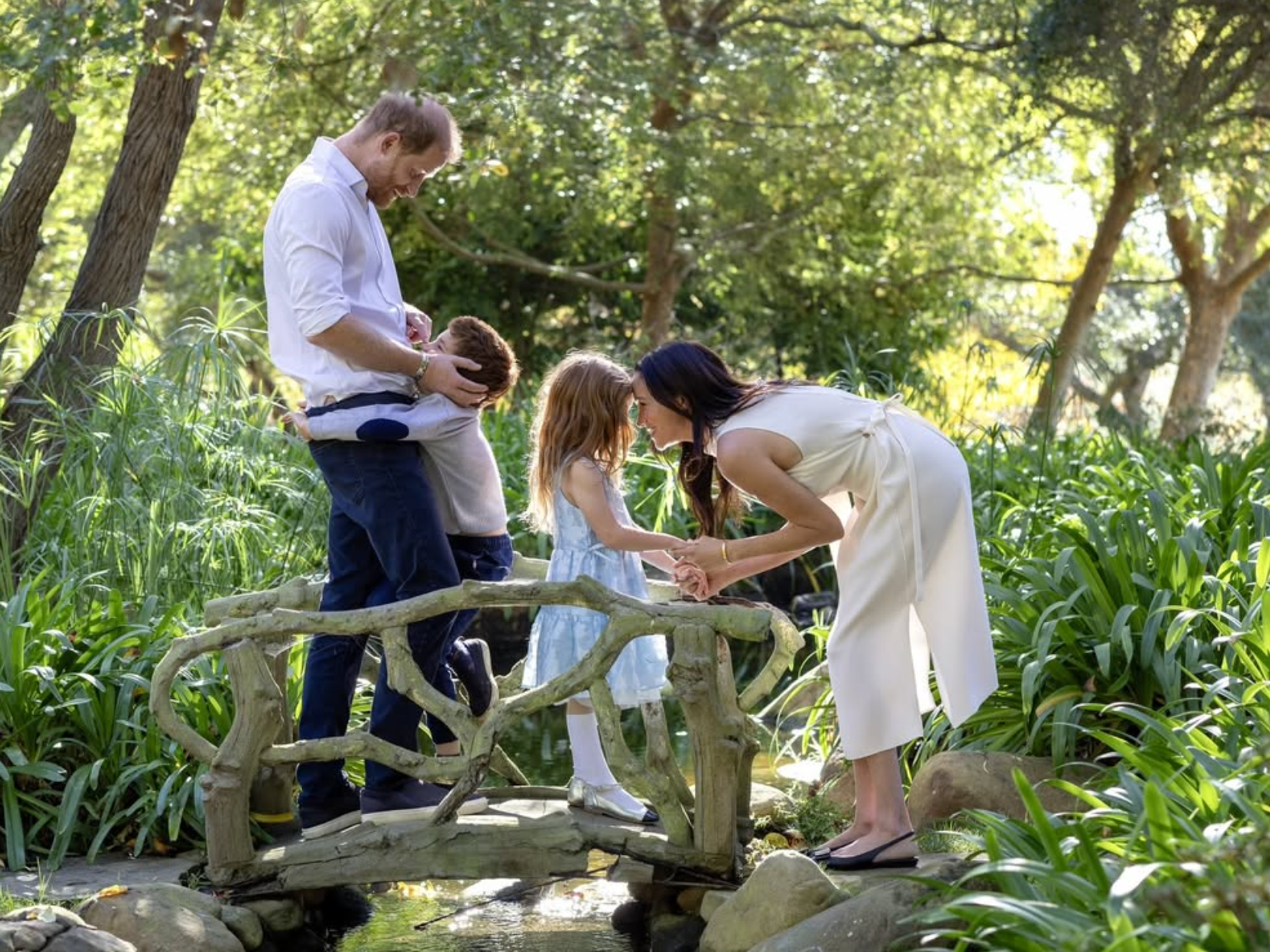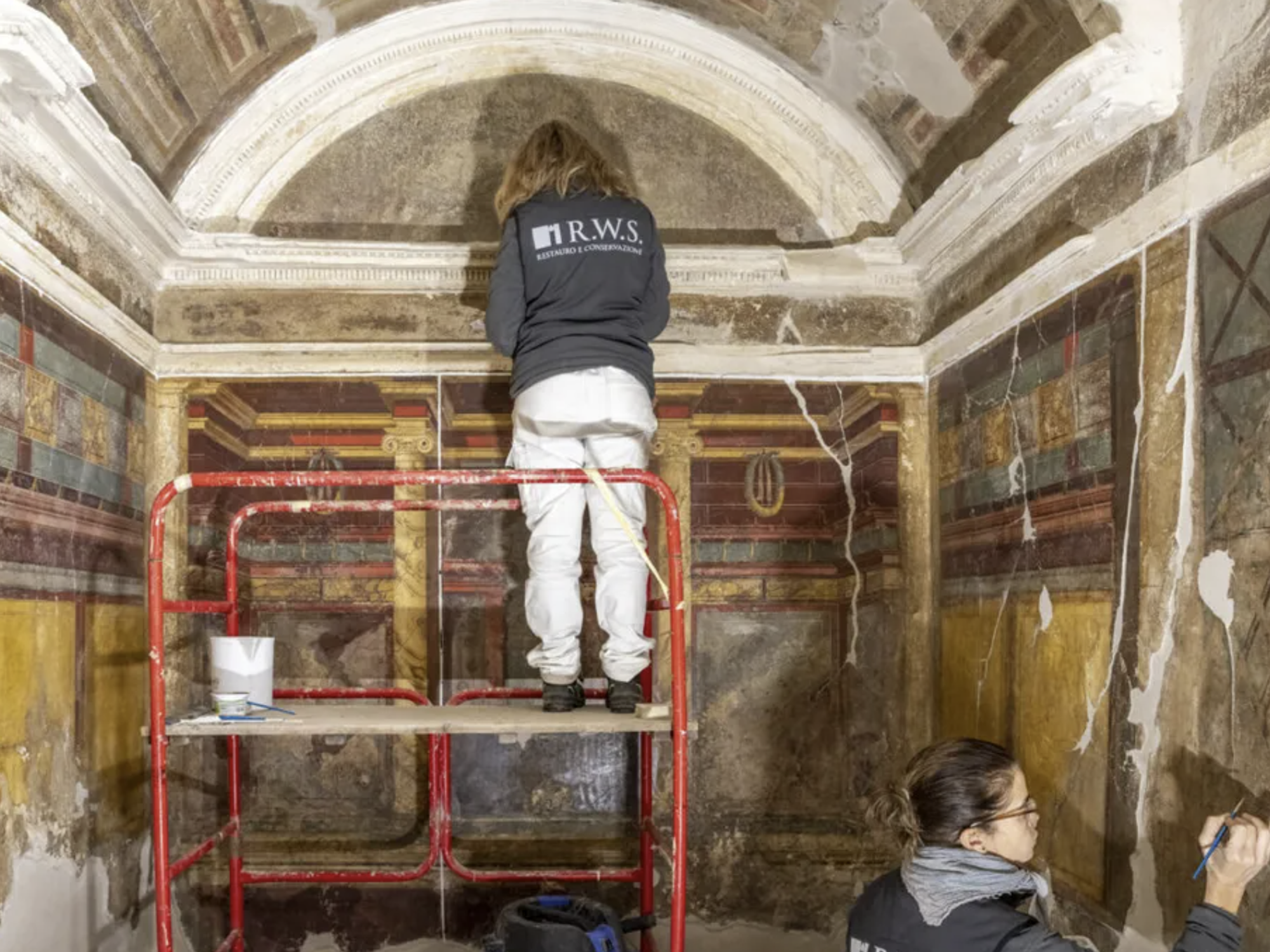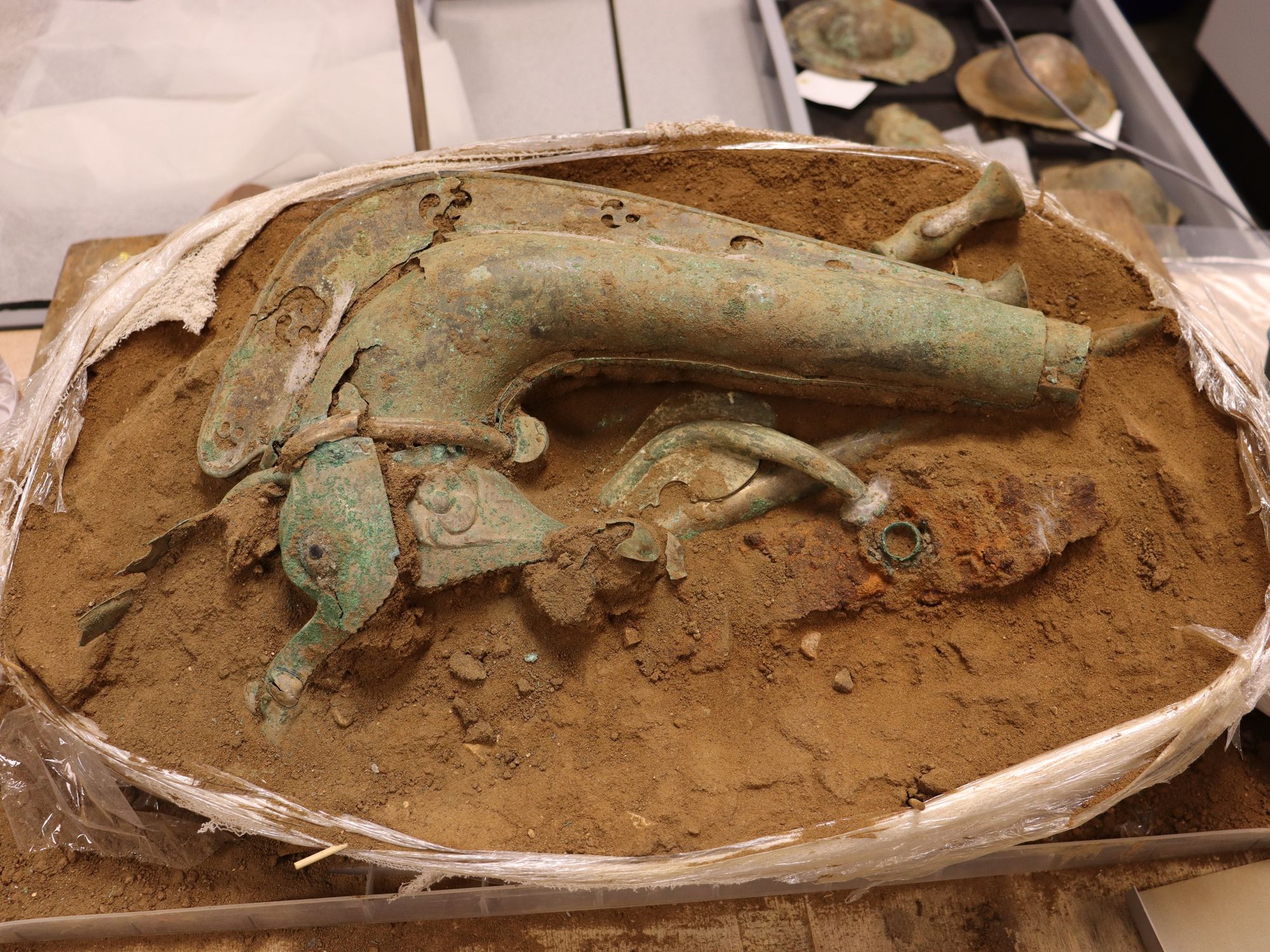Shipwreck that once held 'eyewatering treasure' and sunk after infamous pirate raid discovered off Madagascar coast

The shipwreck site was investigated by archaeologists over a period of 16-years
Don't Miss
Most Read
Researchers say they have discovered an 18th century shipwreck near Madagascar which is believed to be a Portuguese ship captured by pirates in 1721.
The site of the wreckage off the coast of Sainte-Marie Island was investigated by archaeologists over a period of 16 years from 1999.
The Centre for Historic Shipwreck Preservation, a charity which led the investigations, has now presented a study to suggest it was a Portuguese treasure ship which was taken over by pirates as it travelled from Goa to Lisbon and became stranded due to storm damage.
According to a report by researchers Brandon Cllifford and Mark R Agostini published by the charity, pirates seized a “staggering amount of treasure” from the ship in what became one of the “richest pirate heists”.
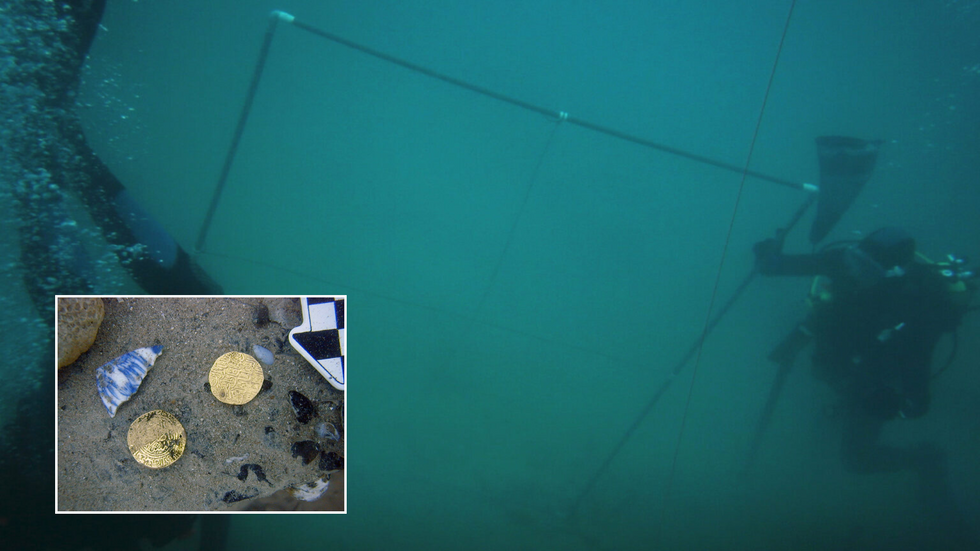
Artifacts found at the wreckage site near Madagascar where investigations were carried out over a 16 year period
|Centre for Historic Shipwreck Preservation
Diamonds, emeralds, rubies, sapphires and gold are among the treasures believed to have been taken from the ship’s cargo.
During investigations at the site of the wreckage, a total of 3,300 objects and fragments were recovered.
This suggests the ship engaged in a “long-distance trade likely associated with Goa and other areas of the Indian Ocean trade economy”, the Centre for Historic Shipwreck Preservation study said.
Artefacts with a link to Catholicism found at the wreckage site were “unique among known pirate vessels in the region”, therefore suggesting the ship was captured by pirates, the study added.
LATEST DEVELOPMENTS:
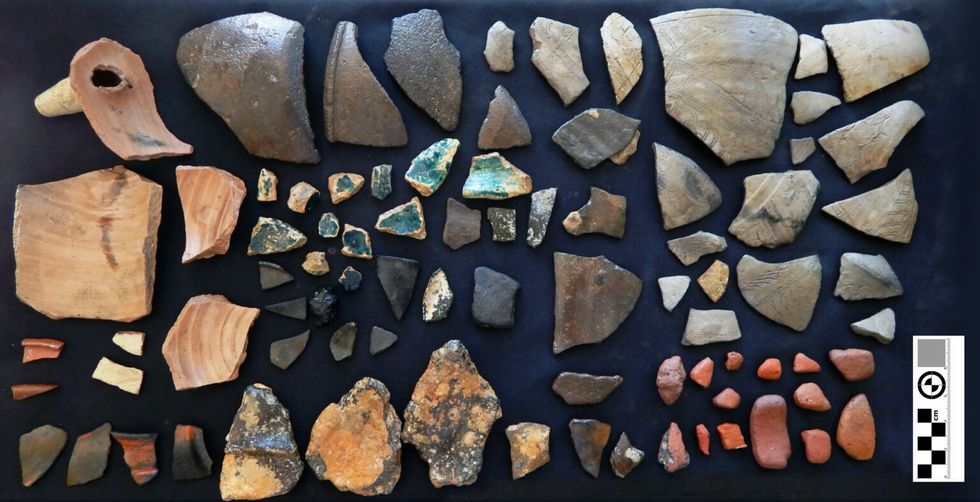
Pottery fragments recovered from the site by researchers
|Centre for Historic Shipwreck Preservation
According to researchers Cllifford and Agostini, the haul taken from the ship was "an eyewatering treasure, even by pirate standards," and the cargo alone may have been worth more than $138million in today's money, reports Live Science.
In another recent archaeological discovery, inscriptions were discovered at the Great Pyramid in Egypt and suggest paid workmen were responsible for building it, rather than slaves.
Egyptologist Dr Zahi Hawass and his team of archeologists used 3D technology to reveal graffiti from workmen-gangs who built it.
The team also discovered the pyramid-builders tombs and animal bones which experts believe equated to enough to feed 10,000 workmen every day.
Meanwhile, another archaeological dig carried out near to a village in the Cotswolds has revealed an Iron Age Roman settlement.
Two iron Roman cavalry swords were discovered at the site two years ago during a metal detecting rally, prompting geophysical surveys of the area by Historic England.
Excavations led to discoveries including three or four Iron Age ring ditches, a substantial rectangular enclosure and remains of Roman limestone buildings, which could be a winged villa.
Archaeologists also uncovered an Iron Age burial, human remains and a buried horse skull, Historic England said.








